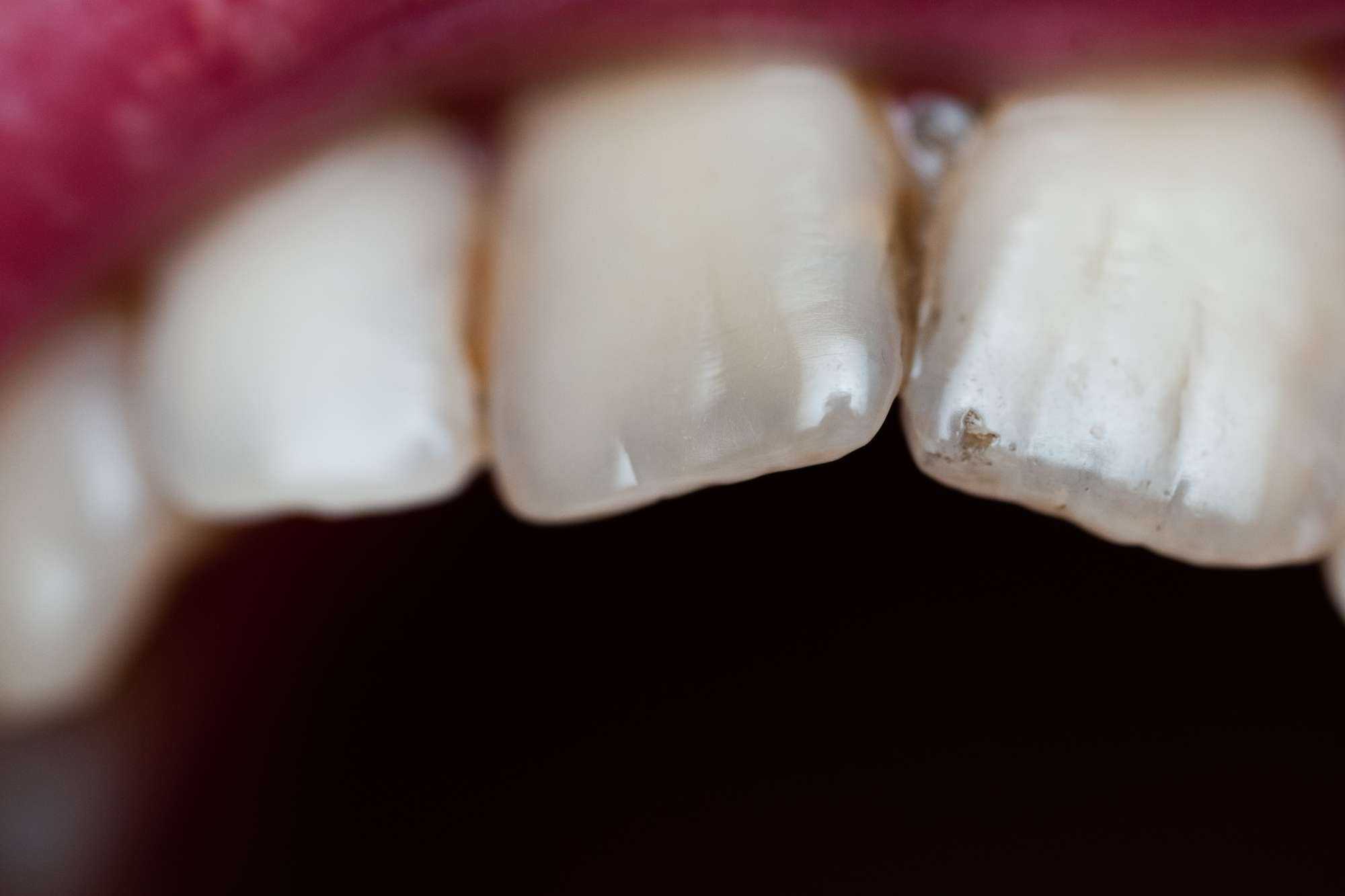BY TVISHA MISTRY
Did you know that the oral bacteria festering inside your mask all day will likely be inhaled and can infect your lungs; causing serious health problems as well as escalating the severity of potential COVID-19 symptoms.
Periodontitis affects 50% of adults in the world and is a serious gum infection that damages the soft tissue. Without treatment, periodontitis can destroy the bones that support the teeth leading to loosened teeth and eventual teeth loss. In extreme untreated cases, periodontitis can lead to the spread of life threatening bacteria and cause a fatal blood infection.
Oral hygiene is very important and several recent studies have linked periodontitis as a leading cause in escalated risks and fatalities of COVID-19 patients.
A study conducted by the European Federation of Periodontology (EFP) tested 500 patients with COVID-19 and discovered that those with gum disease also known as periodontitis are 3.5 times more likely to require intensive care and 4.5 times more likely to need a ventilator. Additional patients with periodontitis are nine times more likely to die compared to those without gum disease.
Within the European Federation of Periodontology report, the authors wrote, “if a causal link is established between periodontitis and increased rates of adverse outcomes in COVID-19 patients, then establishing and maintaining periodontal health may become an important part of the care of these patients.”
The study emphasized and established a logical link between periodontitis and lung diseases such as asthma, chronic obstructive pulmonary disease, and pneumonia. The study further explained the effects of constantly wearing a mask as, “only further exacerbating the risk of developing these complications.”
“The results of the study suggest that the inflammation in the oral cavity may open the door to the coronavirus becoming more violent,” said the study’s co-author Professor Lior Shapira of Hebrew University in Israel.
“This study adds further evidence to the links between oral health and respiratory conditions. Periodontitis is a common disease but can be prevented and treated,” he added. “Oral care should be part of the health recommendations to reduce the risk for severe COVID-19 outcomes,” concluded Professor Lior Shapira, the president-elect of the European Federation of Periodontology (EFP).
Another study which has published in the Journal of Clinical Periodontology discussed observations of 568 patients from Qatar 45% out of whom had gum disease. These patients were diagnosed with the China Flu between February and July 2020. During the treatment forty patients underwent complications, which included admitting them to the intensive care unit (ICU), placing them on a ventilator, or death.
The study observed that the COVID-19 complications in patients with gum disease, compared to those without gum disease, were 3.67 times more. The study further determined that patients with gum disease showed blood markers of inflammation throughout the body, which could be the cause for their escalated symptoms.
One of the authors of the study, Professor Mariano Sanz of the Complutense University of Madrid, Spain, noted that patients with periodontitis (gum infection) are more prone to experience severe coronavirus symptoms; as a result of the transmission of the oral bacteria.
In a statement, Professor Mariano Sanz stated, “[gum infection or periodontitis] may contribute to the deterioration of patients with COVID-19 and raise the risk of death. Hospital staff should identify COVID-19 patients with periodontitis and use oral antiseptics to reduce transmission of bacteria.”
The good news is that there are several ways to easily prevent gum infection or periodontitis!
Tips to prevent gum disease or periodontitis
- Brushing and flossing your teeth carefully at least twice a day
- Maintaining oral hygiene by using antiseptic mouthwashes to clean and prevent gum inflammation.
- Taking mask breaks every few hours (breathing in a secluded outdoor area without a mask on)
- Washing your mask often
- Refraining from smoking
- Eating healthy and maintaining a healthy weight
- Exercising
- Reducing stress
- Diabetic patients should aim to control their blood sugar

